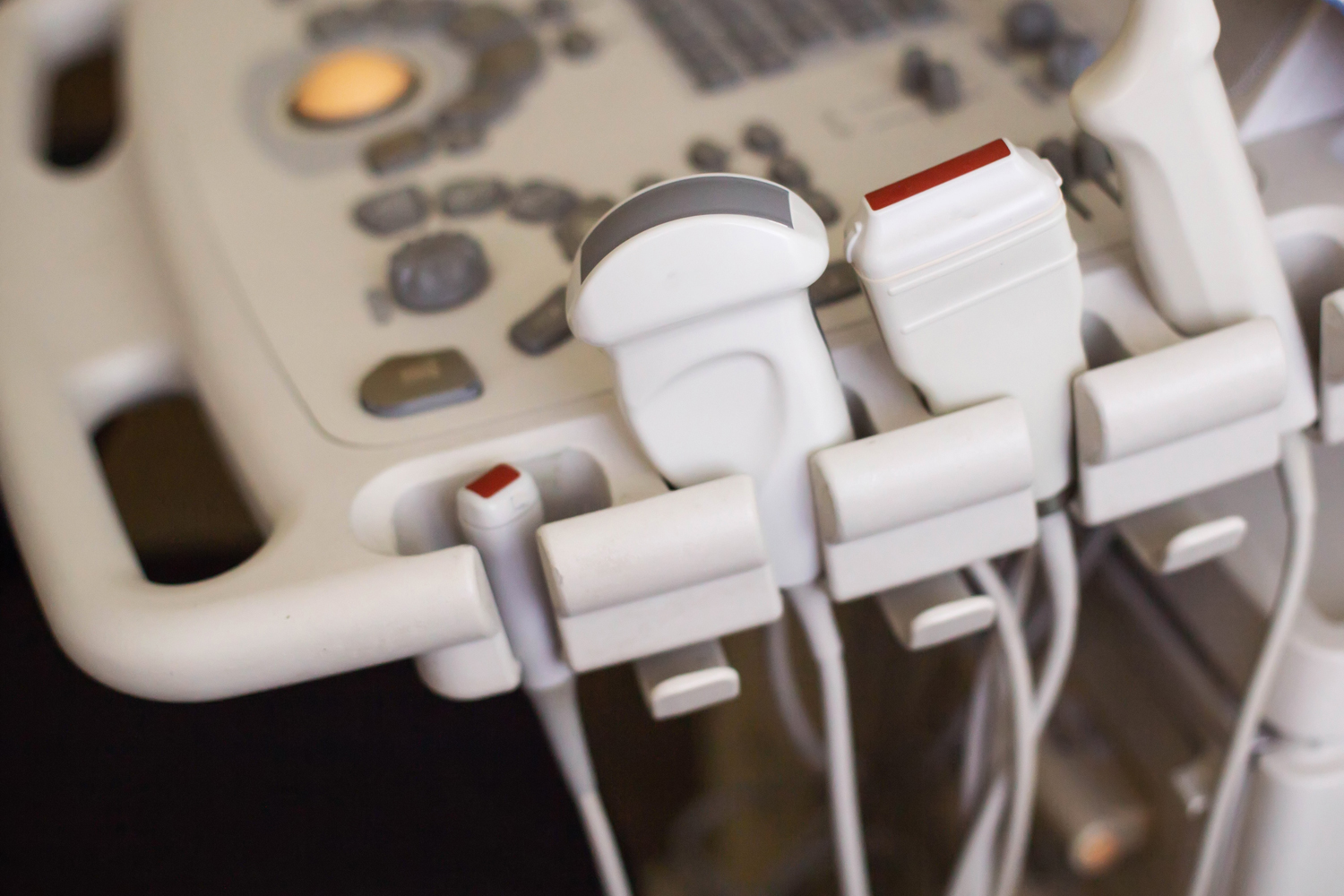SINCE SEPTEMBER 2024, a federal rule has required U.S. mammogram providers to inform women that their breasts are either “dense” or “not dense” as a part of their mammogram results. Dense breasts have higher amounts of fibrous and glandular tissue, while non-dense breasts have more fatty tissue.
Both breast types are considered normal, but having dense breasts is associated with an increased risk of developing breast cancer, according to the Centers for Disease Control and Prevention. Dense breasts can also make screening for breast cancer using mammography more challenging. That’s because abnormal breast changes, including potential tumors, and normal dense tissue appear white on mammography images.
The new policy leaves the roughly 40% of women who have dense breasts without guidance on what, if anything, they should change regarding their current breast cancer screening practices.
Start With Mammography
U.S. Preventive Services Task Force (USPSTF) guidelines recommend women with average breast cancer risk get a yearly screening mammogram beginning at age 40. Currently, no major guidelines require screening beyond mammography for women whose only breast cancer risk factor is having dense breasts.
On its screening recommendation page, the USPSTF says there is not enough evidence to make a recommendation on additional screening for women with dense breasts, adding that it is “urgently calling for more research on whether and how additional screening might help women with dense breasts find cancers earlier.”
Liane Philpotts, a radiologist at Smilow Cancer Hospital at Yale New Haven in Connecticut, recommends women with dense breasts begin with a mammogram with digital breast tomosynthesis (DBT) as their baseline screening. DBT mammography, sometimes called 3D mammography, is now offered at roughly 90% of mammography centers across the country, according to the Food and Drug Administration. Patients should check that their insurance covers DBT before scheduling their screening.
Unlike traditional, or 2D, mammography, DBT mammography provides radiologists with multiple images of the breast taken from various angles. In a Radiology study published Sept. 17, 2024, Philpotts’ team found the use of DBT mammography increased cancer detection rates and was more successful at identifying aggressive breast cancers at an earlier stage, compared with 2D mammography.
“For people with denser tissue, 3D mammography is the better option, because it allows the radiologist to see through that dense tissue more easily,” Philpotts says.
Additional Screening
Some ongoing research suggests supplemental cancer screening through breast ultrasound, breast magnetic resonance imaging (MRI) or contrast-enhanced mammography may help provide earlier, more accurate cancer detection in some women with dense breasts.
Many insurance providers, including Medicare, only cover supplemental procedures such as breast MRI or breast ultrasound when they are deemed medically necessary by a provider. Even then, some patients’ health coverage may require them to pay out-of-pocket costs, such as deductibles and co-payments.
Meanwhile, some critics of universal use of breast MRIs and breast ultrasounds in women with dense breasts argue that these procedures could lead to an increase in false positives and unnecessary biopsies.
As a result, some providers currently recommend breast ultrasound or breast MRI for women with dense breasts only when they also have additional breast cancer risk factors, such as a family history of breast cancer, previous radiation exposure to the chest or an inherited genetic mutation with a known link to breast cancer, Philpotts says.
Women who have a 20% or greater increased lifetime risk of developing breast cancer compared with the general population—based on algorithms like the Tyrer-Cuzick risk assessment or the Gail Model, which pose a series of questions about family history and other health factors—are strong candidates to receive testing beyond mammography through breast MRI, says Therese Bevers, medical director of the Cancer Prevention Center at the University of Texas MD Anderson Cancer Center in Houston and chair of the panel that drafted the National Comprehensive Cancer Network’s existing breast cancer screening guidelines.
“I encourage certain patients with specific high-risk factors to get the breast MRI, so long as we’re not dealing with thousands of dollars out of their pocket,” Bevers says. “Otherwise, ultrasound can be a much less expensive option. And insurance generally never gives us a problem with covering ultrasounds.”
Philpotts says she is a strong supporter of supplemental screening for people with dense breasts. “As much as I am a fan of tomosynthesis [DBT], we’re still going to miss some cases using it alone, simply because it can be so difficult to diagnose certain invasive cancers that can hide in dense tissue, even with DBT.”
At Philpotts’ medical practice, women with dense breasts are offered DBT mammography and breast ultrasound together at the same annual appointment.
“We’ve found the combination of those two screenings to be very accurate,” she says.
Discuss Risk and Next Steps
In 2023, the American College of Radiology began recommending that all women start conversations with their health care provider to assess their personal risk of breast cancer no later than age 25. Through these discussions, women with dense breasts can determine, with support from their physician, at what age they should begin breast cancer screening and whether or not they should incorporate tests beyond mammography.
“I would encourage all women to have these discussions with their health care providers,” Bevers says.
Bevers says women should ask their doctor about breast density and any other factors that may raise breast cancer risk, including whether or not these factors make them strong candidates for additional breast cancer screening.
Cancer Today magazine is free to cancer patients, survivors and caregivers who live in the U.S. Subscribe here to receive four issues per year.





